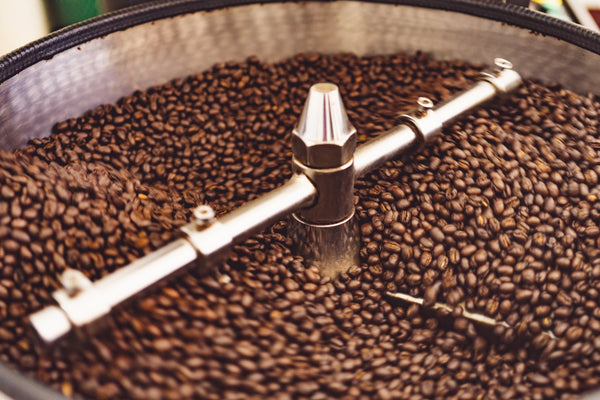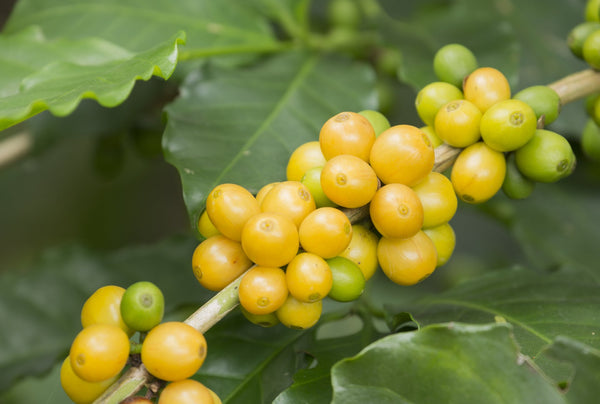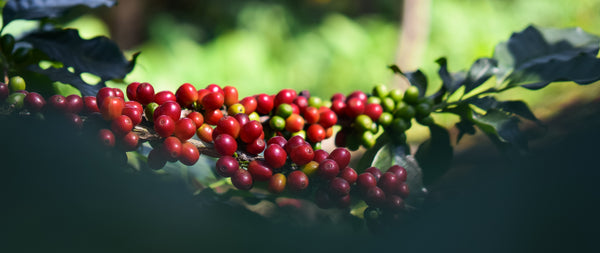13 products
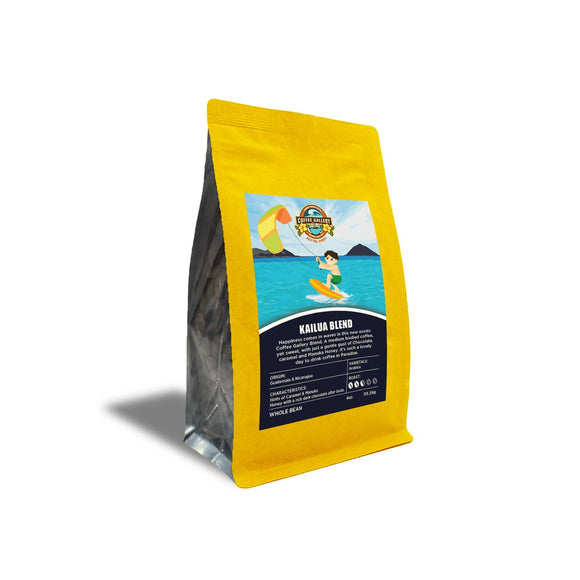
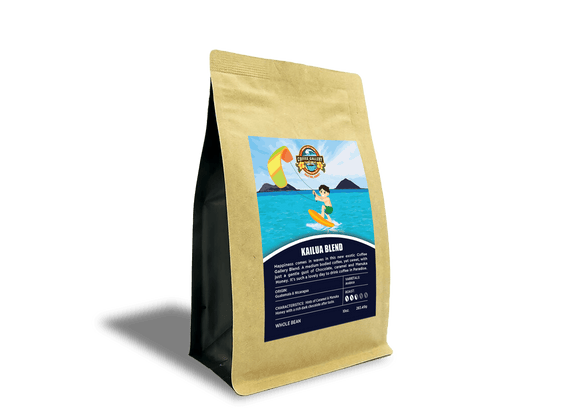
Latin America is home to some of the world's most well-known coffee-growing regions, including Colombia, Brazil, and Costa Rica. These countries are known for producing high-quality Arabica coffee beans with unique flavor profiles that are perfect for blending. Latin America coffee blends are renowned for their balanced and bright flavors, with notes of caramel, chocolate, and citrus. These blends typically feature a medium roast to preserve the bean's natural acidity and brightness, resulting in a smooth and flavorful cup of coffee.
In addition to their delicious taste, Latin America coffee blends have another benefit - sustainability. Many coffee farmers in these regions use eco-friendly farming practices to reduce their environmental impact, and some are even certified by organizations like Fair Trade and Rainforest Alliance. By choosing Latin America coffee blends, coffee lovers can enjoy a delicious cup of coffee while supporting sustainable farming practices and helping to protect the environment.
Coffee is one of the most beloved beverages in the world, enjoyed by millions of people every day. One of the reasons coffee is so popular is the variety of flavors and aromas that can be found in different blends from around the world. Whether you're sipping on a rich and bold Latin America blend or a smooth and mellow Hawaiian blend, brewing your coffee correctly is essential to get the best flavor and aroma out of your beans. Here are some brewing recommendations for coffee blends from around the world:
Latin America is known for producing high-quality coffee beans with bright and balanced flavors. To brew a delicious cup of Latin America coffee, use a medium grind and a brew time of 4-6 minutes with a French press or pour-over method. The water temperature should be around 195-205°F (90-96°C) to preserve the bean's natural acidity and brightness. For espresso, use a fine grind and a brew time of 20-30 seconds.
Hawaiian coffee is known for its smooth and mellow flavor with notes of chocolate and fruit. To brew a perfect cup of Hawaiian coffee, use a medium-fine grind and a brew time of 3-4 minutes with a drip coffee maker or pour-over method. The water temperature should be around 195-205°F (90-96°C) to preserve the delicate flavors of the bean. For espresso, use a fine grind and a brew time of 20-30 seconds.
African coffee is known for its complex and fruity flavors with notes of berries, citrus, and wine. To brew a flavorful cup of African coffee, use a medium-fine grind and a brew time of 3-4 minutes with a French press or pour-over method. The water temperature should be around 200-205°F (93-96°C) to extract the full flavor potential of the bean. For espresso, use a fine grind and a brew time of 20-30 seconds.
Asian coffee is known for its rich and earthy flavors with notes of chocolate and spice. To brew a delicious cup of Asian coffee, use a medium grind and a brew time of 3-4 minutes with a drip coffee maker or pour-over method. The water temperature should be around 195-205°F (90-96°C) to preserve the bean's natural sweetness and flavor. For espresso, use a fine grind and a brew time of 20-30 seconds.
Indonesian coffee is known for its rich and earthy flavors with notes of spice and cocoa. To brew a perfect cup of Indonesian coffee, use a medium-coarse grind and a brew time of 4-5 minutes with a French press or pour-over method. The water temperature should be around 200-205°F (93-96°C) to extract the full flavor potential of the bean. For espresso, use a fine grind and a brew time of 25-30 seconds. Indonesian coffee can be a bit more oily than other coffee beans, so be sure to clean your coffee maker thoroughly to prevent clogging.
Ethiopian coffee is known for its bright and fruity flavors with notes of berries and citrus. To brew a delicious cup of Ethiopian coffee, use a medium-fine grind and a brew time of 3-4 minutes with a French press or pour-over method. The water temperature should be around 195-205°F (90-96°C) to preserve the bean's natural acidity and brightness. For espresso, use a fine grind and a brew time of 20-30 seconds. Ethiopian coffee beans can be quite delicate, so be sure to handle them gently and store them in an airtight container away from light and heat.
Coffee blends have been around for decades, but in recent years, they have become more popular than ever. Blends are created by combining beans from different regions or even different coffee varietals to achieve a specific flavor profile. These unique flavor combinations have been gaining a following among coffee drinkers who are looking for something beyond the usual single-origin coffees.
One reason for the rising popularity of coffee blends is the desire for new and unique flavor experiences. Many coffee drinkers have become accustomed to the same old flavors from their favorite single-origin coffees and are eager to try something different. Coffee blends offer a new and exciting taste experience that can't be found in single-origin coffees.
Another reason for the popularity of coffee blends is the rise of artisan coffee roasters who are creating unique and high-quality blends. These roasters are experimenting with new and innovative blends that combine beans from different regions or even different varietals to create unique and complex flavor profiles. This has led to a surge in interest in coffee blends and a growing demand for high-quality and unique blends.
Finally, the convenience of coffee blends has also contributed to their growing popularity. Many coffee drinkers find it easier to purchase a pre-made blend rather than buying multiple bags of single-origin coffee and blending them themselves. Coffee blends are also a great option for those who want to try a variety of different flavors without having to purchase multiple bags of coffee.
Overall, the rising popularity of coffee blends is a testament to the creativity and innovation of artisan coffee roasters and the growing interest in new and unique flavor experiences among coffee drinkers. With so many different blends to choose from, there has never been a better time to explore the world of coffee blends and discover new and exciting flavors.
Here are a few blog posts that you may find interesting about Blends:
The Benefits of Drinking Hawaiian Coffee: From Flavor to Health
Kona Coffee Guide: From Bean to Cup - Everything You Need to Know
